So in the last few years 3D printing has become more an more popular and with that rise in demand, production would rise to fill that demand with different style of printers. One of these styles of printers is the resin printer, extremely detailed when it comes to printing small objects or models, some makers use these to create jewelry, dentures and other fancy things.

In this post I wanted to talk about how I have recently acquired one of these printers(anycubic photon mono 4k) and how I’ve been using it. I also wanted to talk briefly about some of the plans I have in the future for this printer. In anycase, when I received this printer, I was ex-static with enthusiasm. I literally could not wait, ever since resin printers hit the scene, I’ve wanted one.

After ordering a few days passed and it was delivered, really big box. It was packaged well, and it came damage free. I also ordered some clear UV resin to test out. So I unpacked everything and set it up. I added some clear UV resin to the vat after the required setup(which was fairly easy).




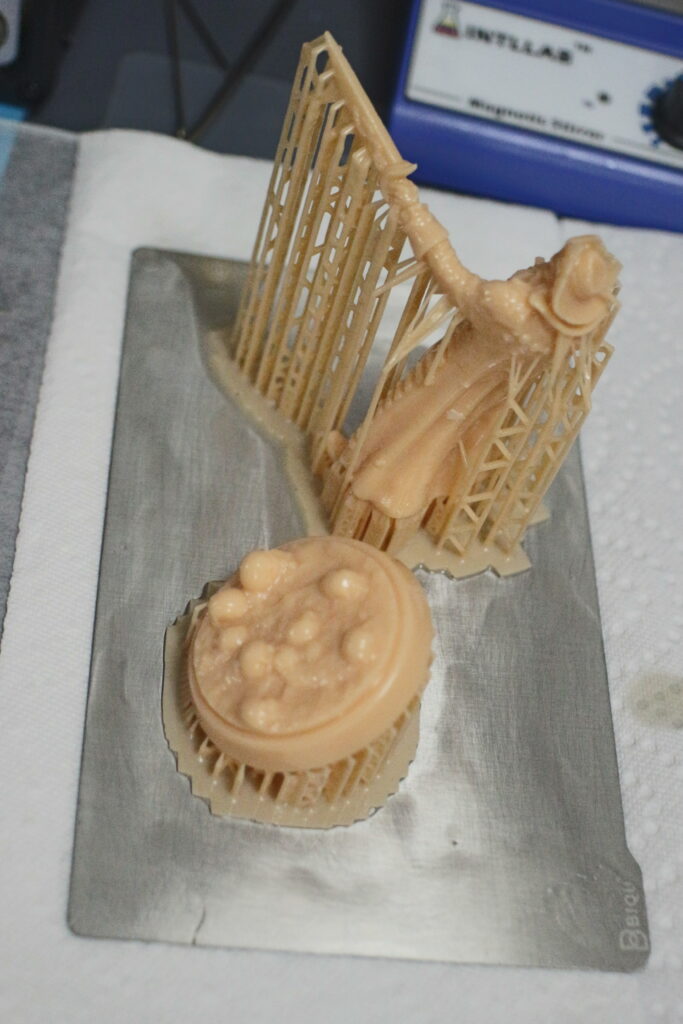
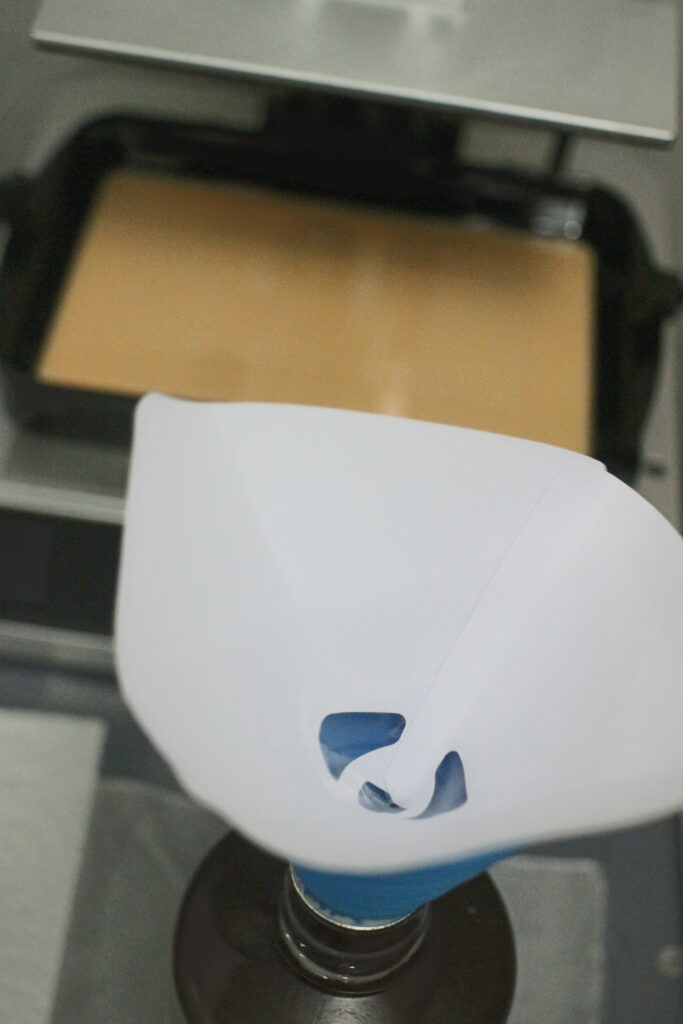
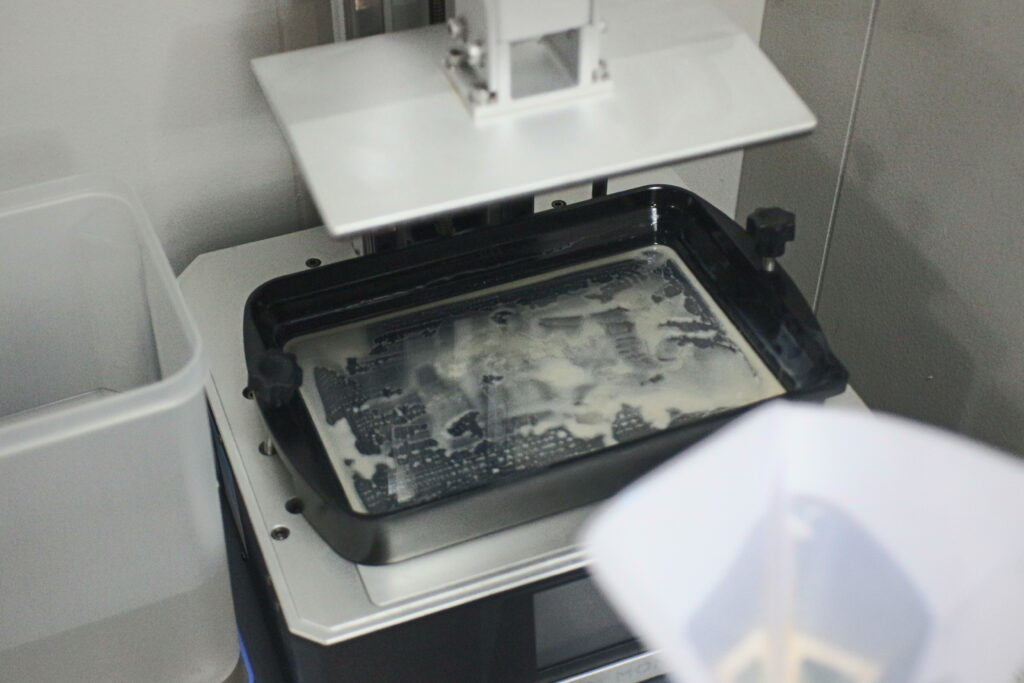
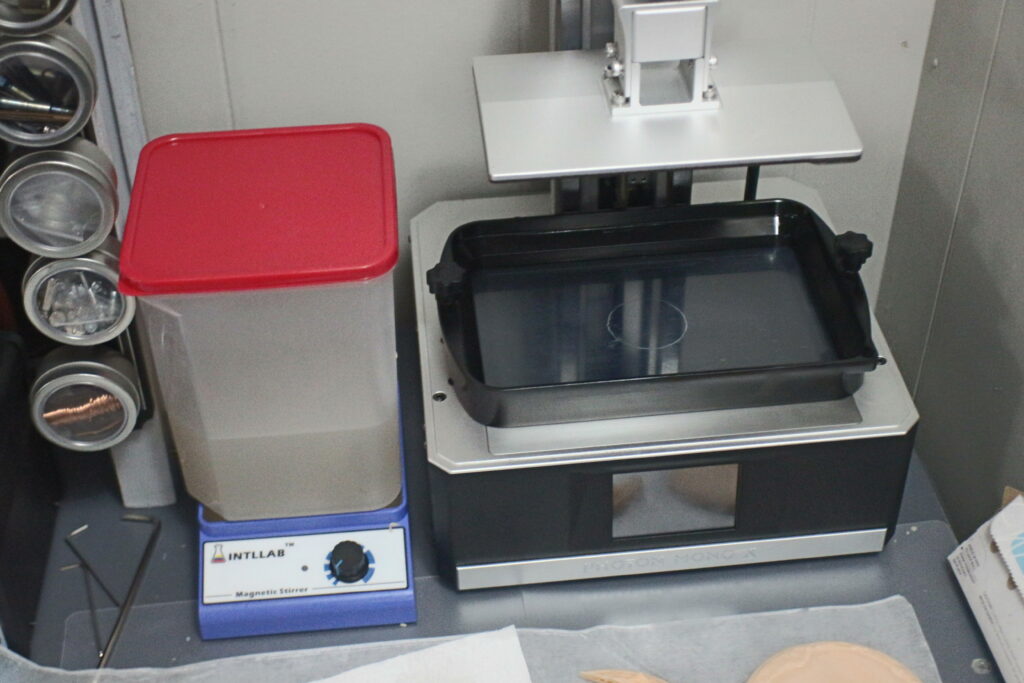
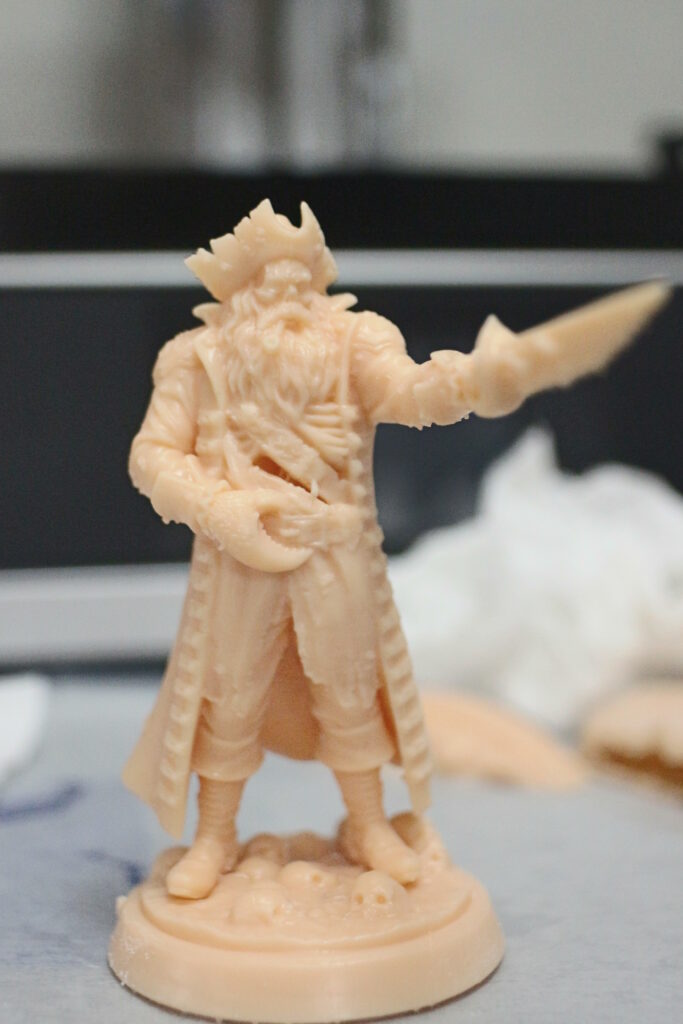
NOTE: This printer comes from the factory with a screen protector already installed, they tell you to tear it off and replace with a new one(comes with the printer).I would just clean it thoroughly and continue with printing, and save the screen protector for when the factory one wears out.

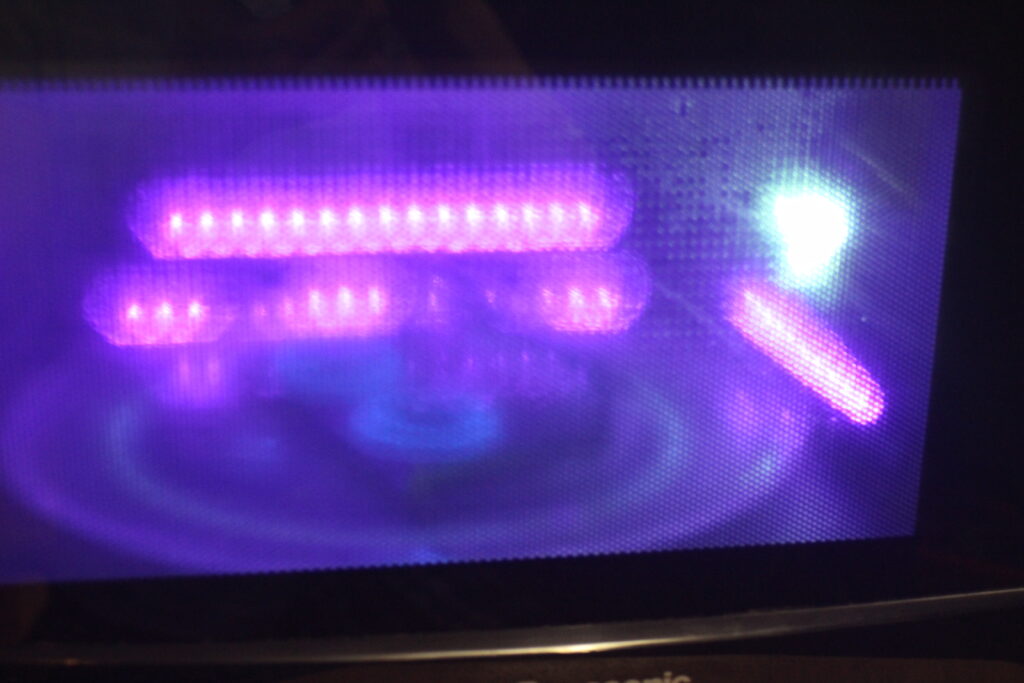
After my print was done I removed the build plate and tried to chisel the print freefrom the build plate without much luck. Ended up destroying the base off the model. I mean it was on there very well, like the adhesion was way to strong. I noticed that this build plate had a laser etched pattern(checkerboard). So after doing some research and trying some other methods for removing prints from the plate(with no luck), I finally caved and bought a removable build plate(which I wouldn’t go without now) and that ended up working reliably.
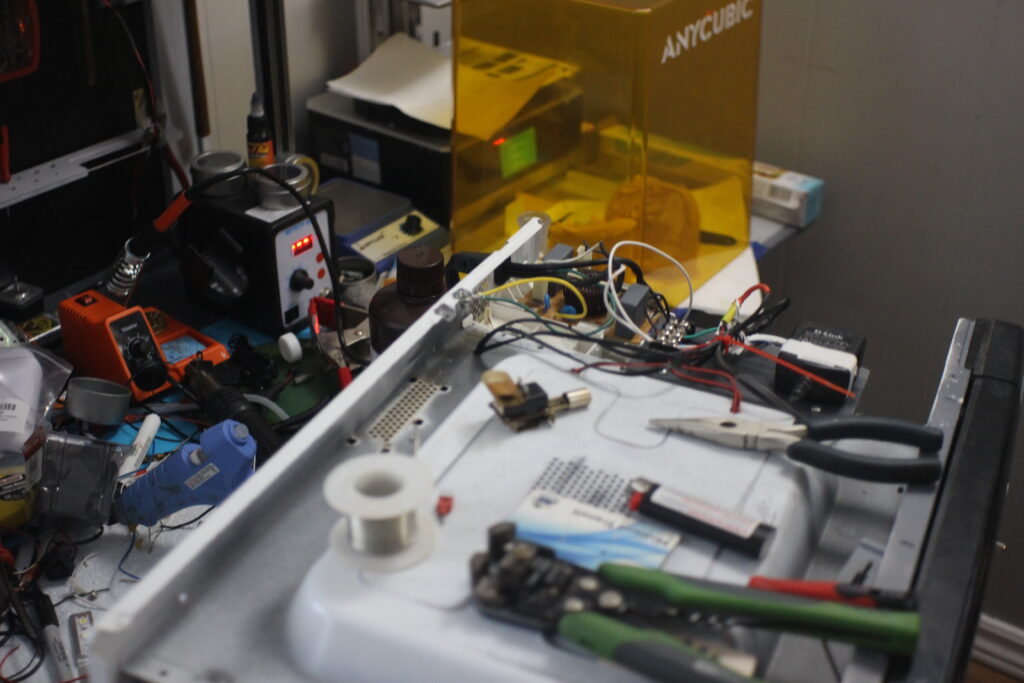
So after that little hiccup I continued printing some really detailed models for fun and even bought a subscription to a site that provides high quality table-top game models. So I can really say that resin printing is great for that sort of thing, but can we use it to create something truly useful or even experiment with the resin we print with?
That’s what brought me to this idea, adding material to the resin(and some other YT creators). Here I’ve added carbon to the clear resin. About a gram of carbon to 100ml of resin(turns out you can use a lot less than a gram if you’re just looking to affect color and maybe half that for UV protection).
So the first model I printed with the added carbon turned out great. I only used maybe 50 of the 100ml for the print and after draining the remaining resin into a separate container there was still a significant amount of carbon left in the vat(not good). I had to add a small quantity of acetone to alcohol to remove it.
Next I tried quartz, which failed. The reason it failed was mainly because the quartz I decided to use wasn’t fine enough and each grain size was probably a little too big. Even though this one failed I would like to come back to it because I think you could make prints that retain a certain resonance or oscillate when you pass current through it.
The next one that I recently ordered is the tungsten. It has a very fine grain size(2um-10um) which I think would be perfect for this application. Turns out, it wasn’t perfect for this application.

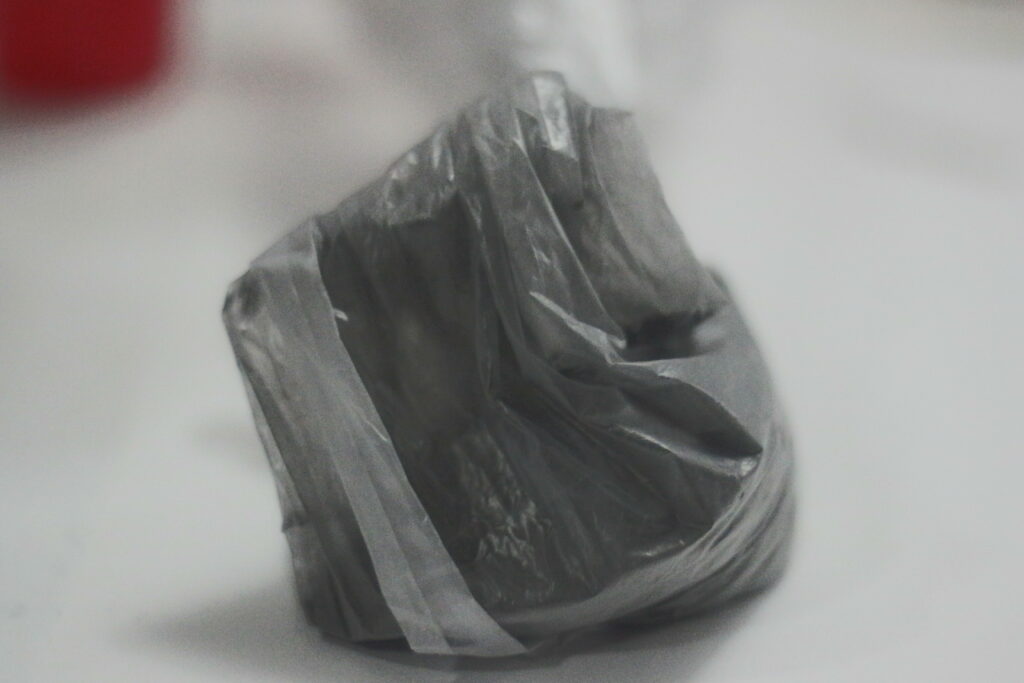
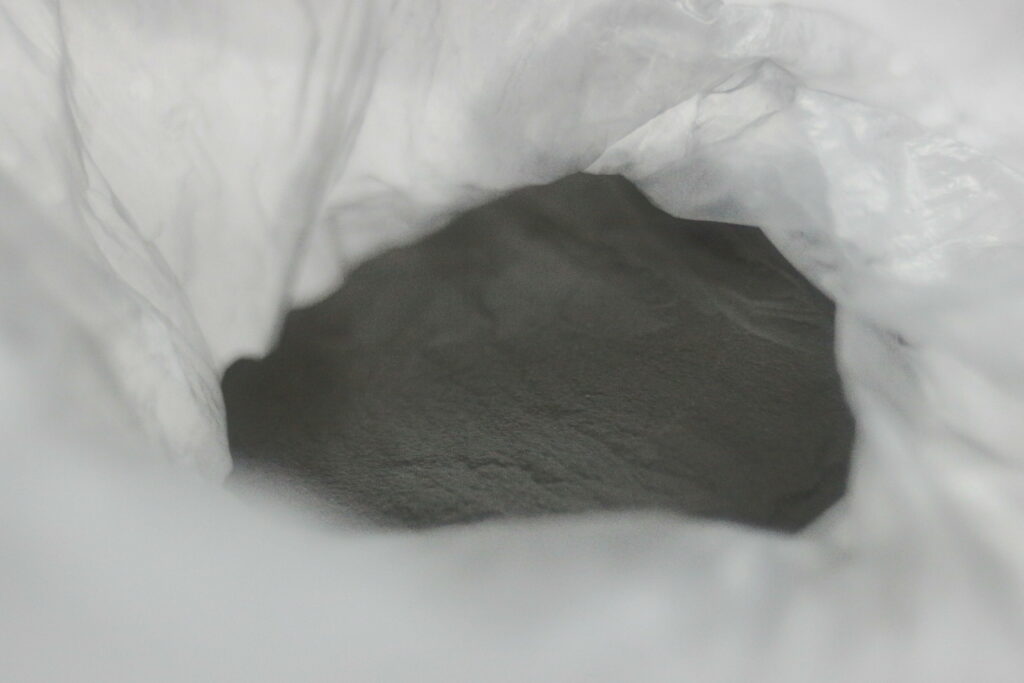
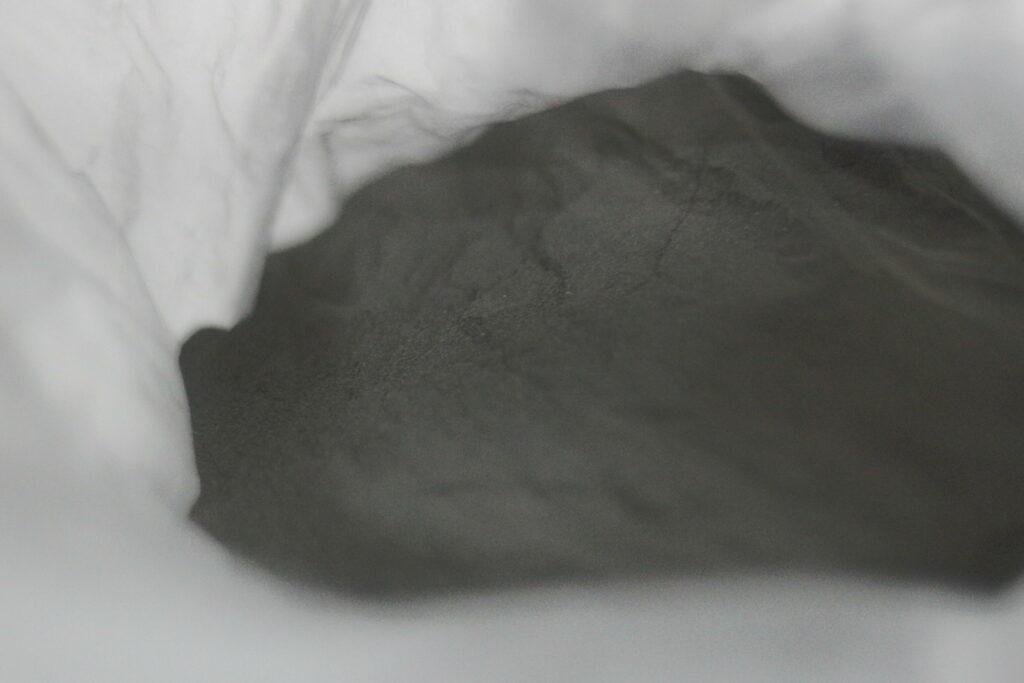

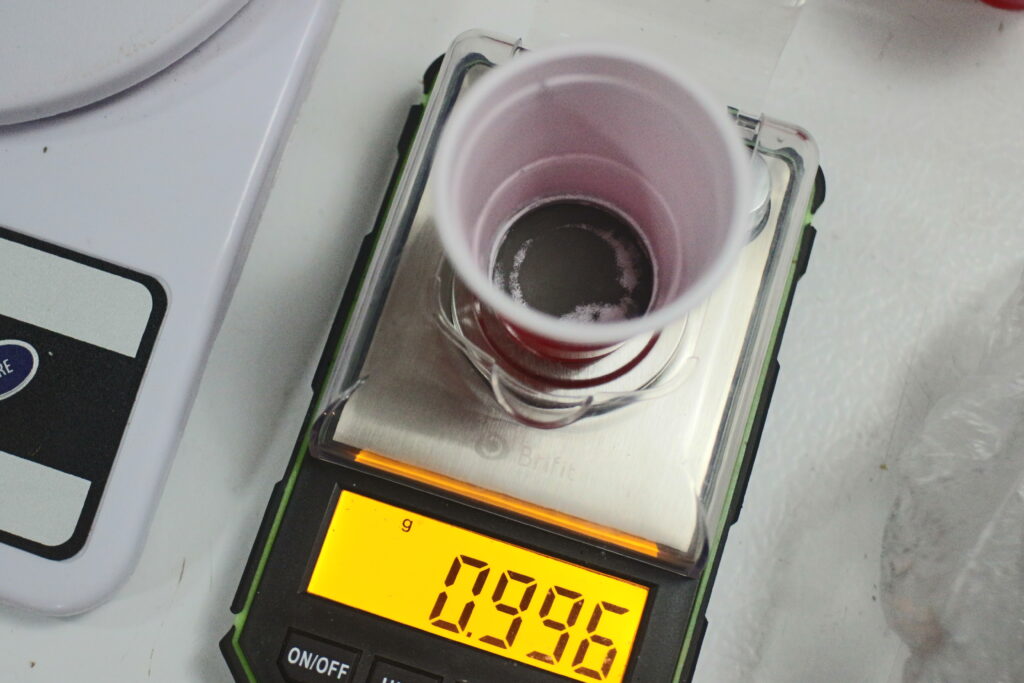
What ended up happening with the tungsten prints was a little exciting once they were actually successfully printing, but there were some problems. The main one with tungsten, once it settles in the resin, it is very hard to mix it up again. So basically it was printing a solid layer of tungsten for the first layer and then nothing else.
The other print that I did that contained a very small amount of tungsten and carbon, here I didn’t have the same issues with the tungsten settling. Further testing is needed, I was thinking about employing some type of whipper system to redistribute the tungsten after every layer change. Another option is to use some type of vibration device strapped to the vat, this might work but I have the feeling it won’t do the job.
So with all that said I think the possibilities for mixing resin could be endless, and lead to many other applications. Like I said before further testing is needed.